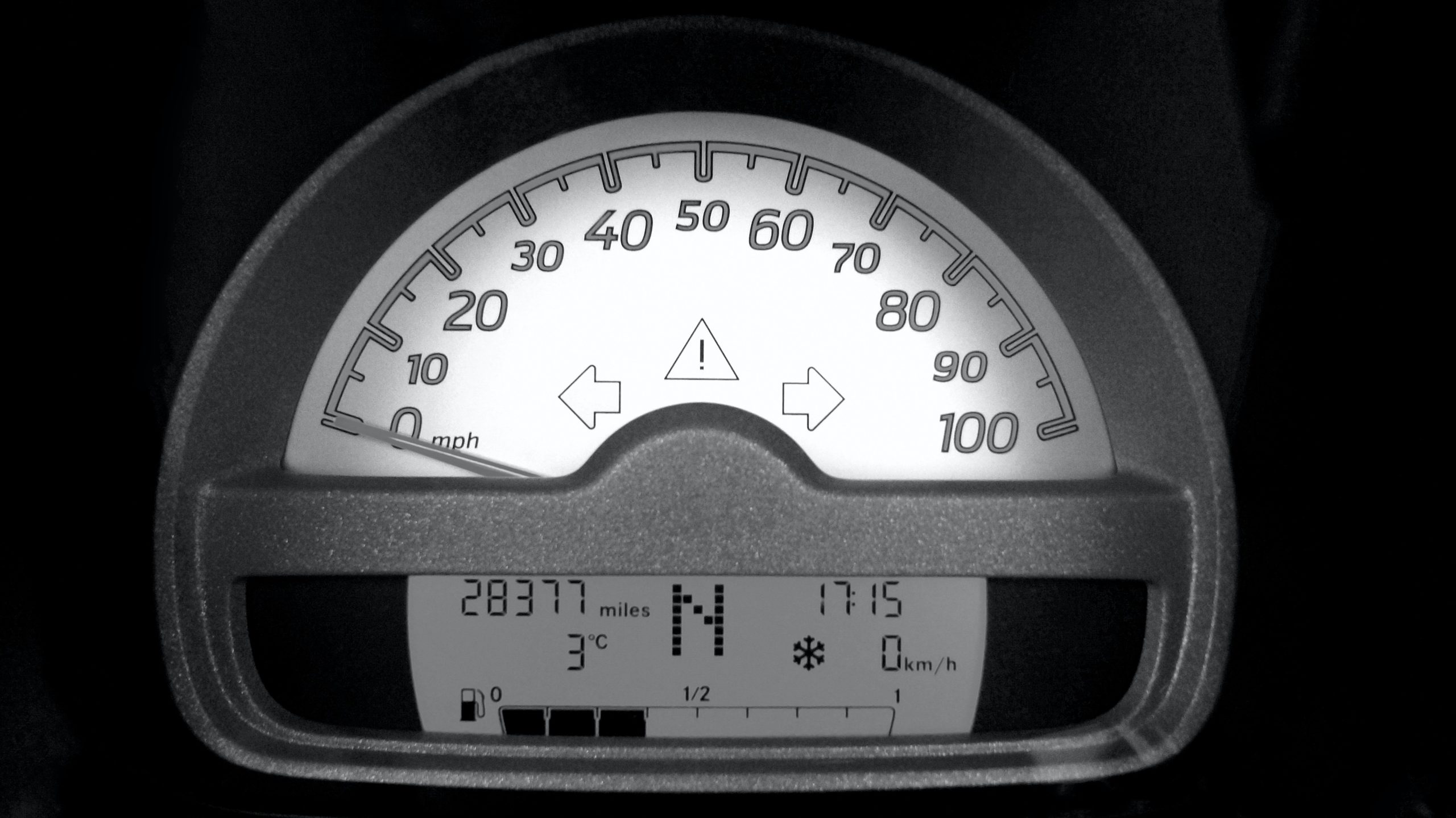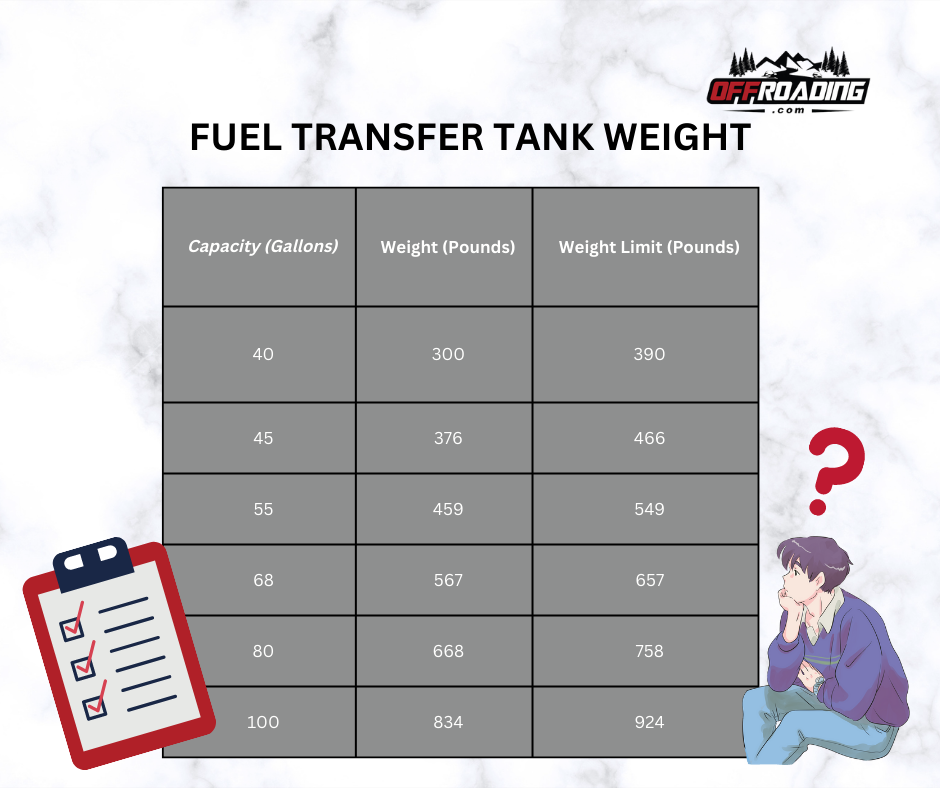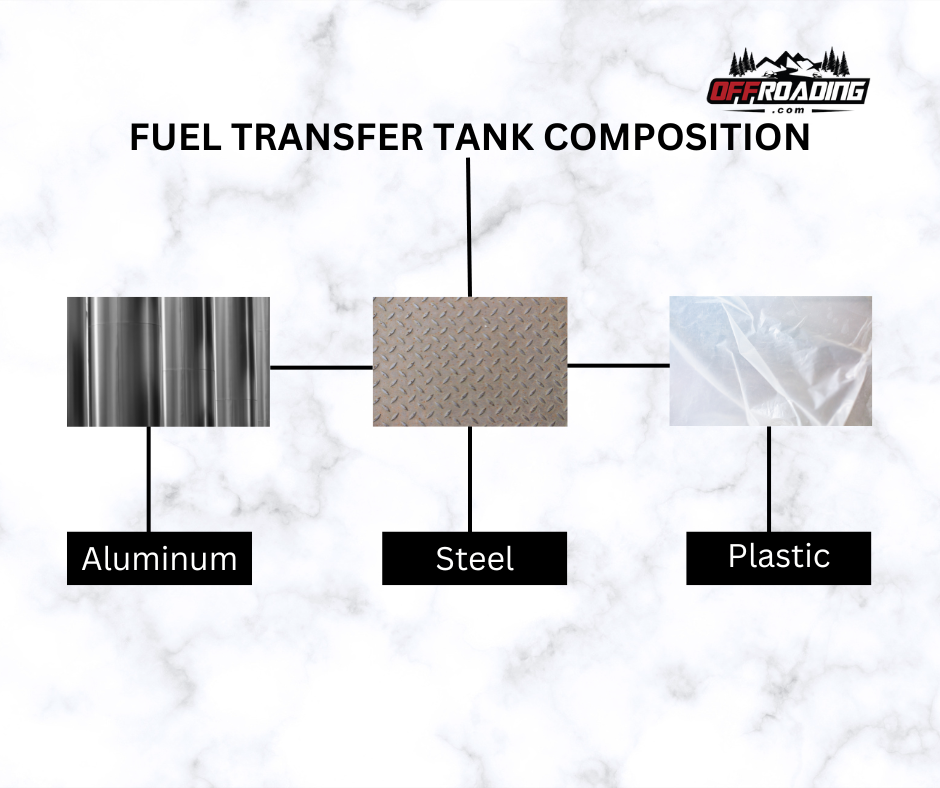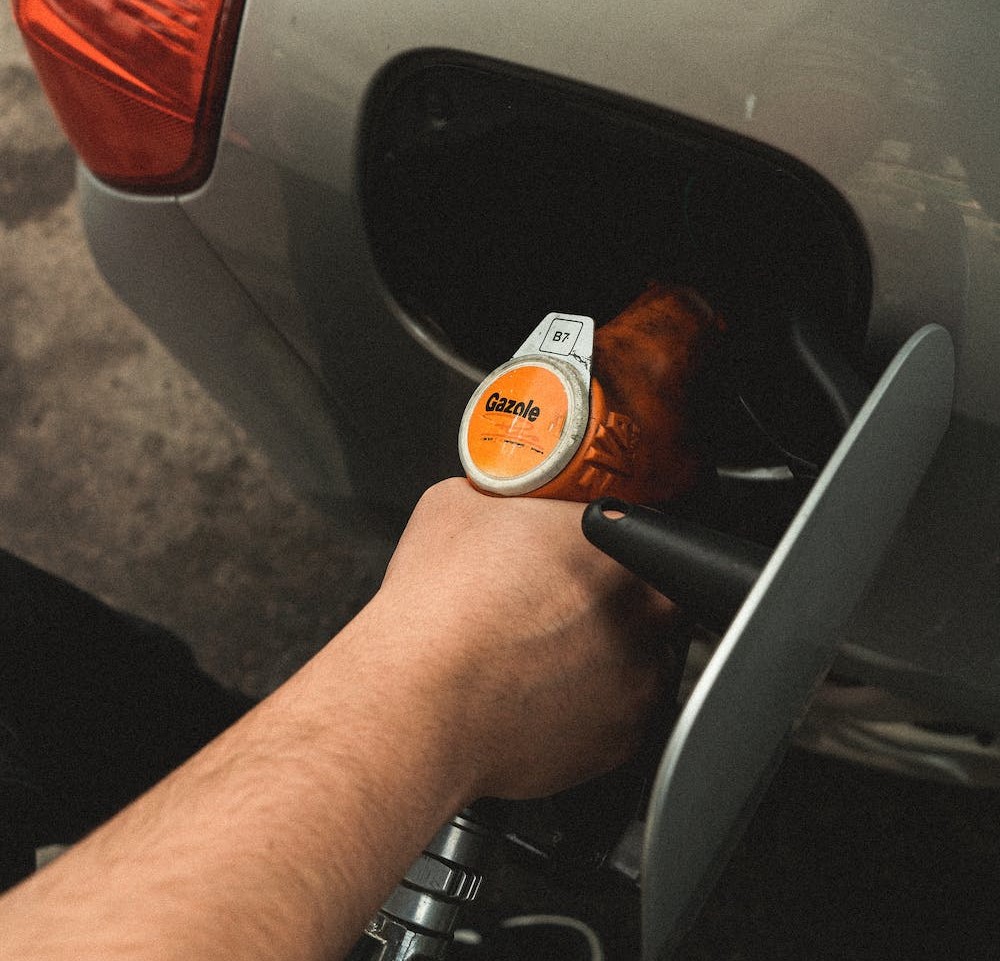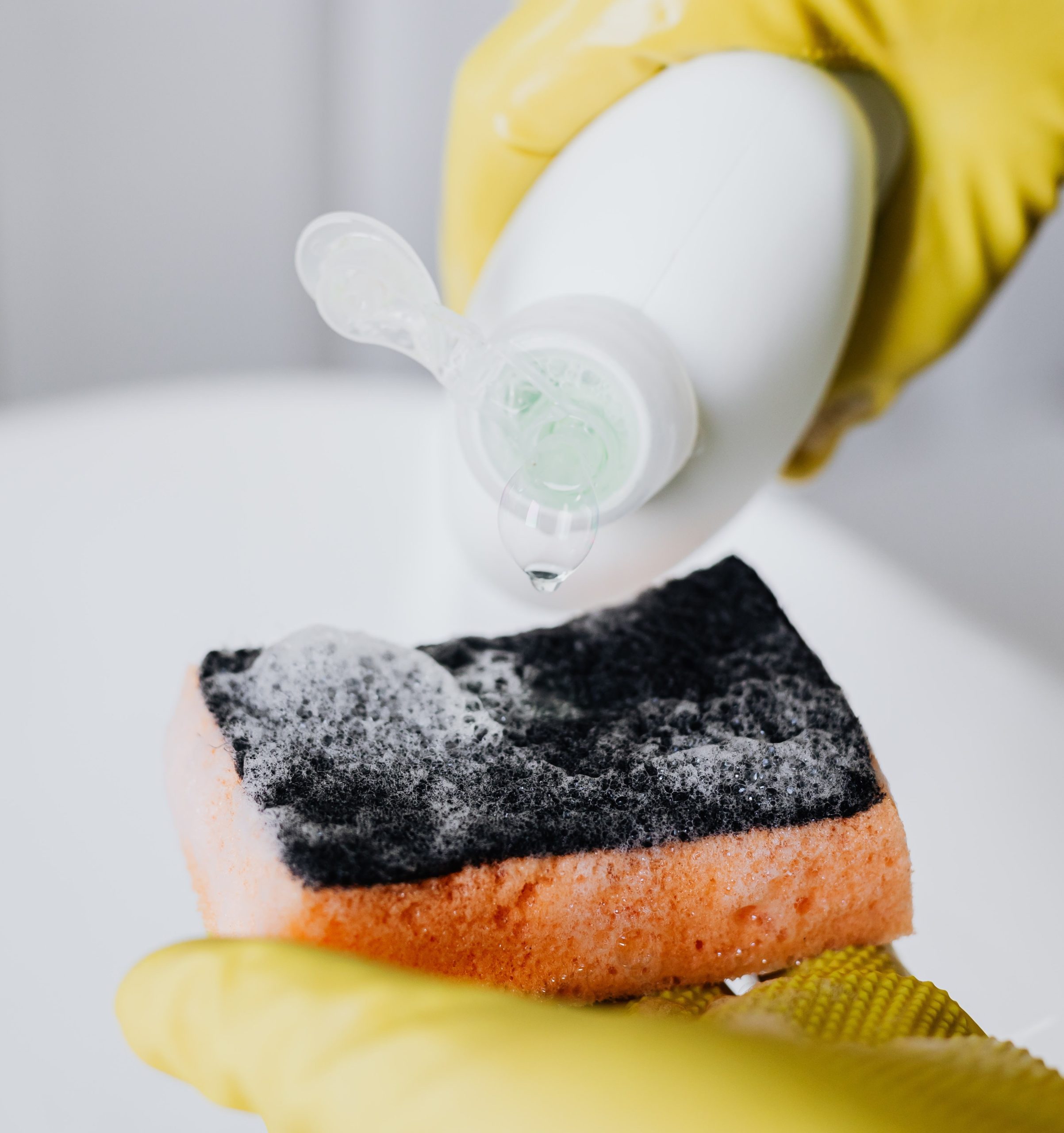How to Pick a Fuel Transfer Tank
Running out of gas in the middle of an adventure is a sure way to kill an enjoyable trip.
In this article, we’ll tell you how you can save some spare fuel while on the go.
- 1 WHAT IS A FUEL TRANSFER TANK?
- 2 WHAT IS THE CAPACITY OF A FUEL TRANSFER TANK?
- 3 WHAT IS THE WEIGHT OF A FUEL TRANSFER TANK?
- 4 WHAT IS A FUEL TRANSFER TANK MADE OF?
- 5 WHERE DO I NEED TO INSTALL A FUEL TRANSFER TANK?
- 6 HOW IS THE FUEL TRANSFERRED FROM THE TANK?
- 7 HOW MUCH IS A FUEL TRANSFER TANK?
- 8 HOW OFTEN SHOULD THE FUEL TRANSFER TANK BE CLEANED?
- 9 CONCLUSION
WHAT IS A FUEL TRANSFER TANK?
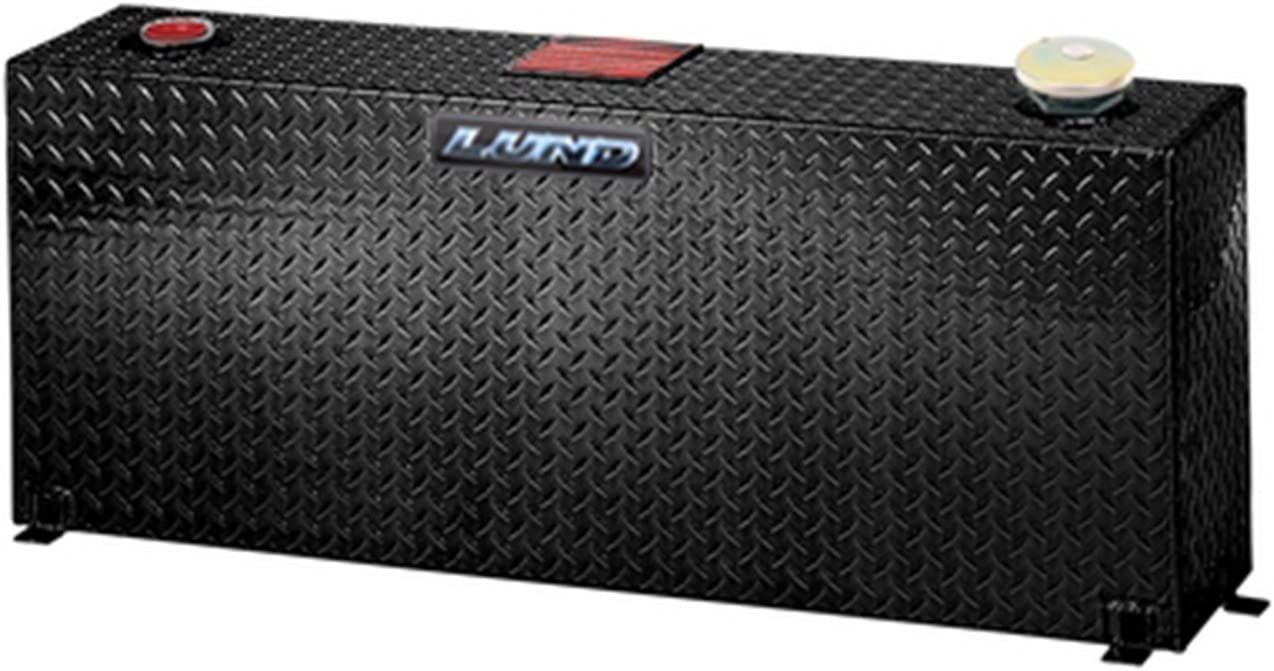
A fuel transfer tank is a special container that lets you store excess fuel which you can use later, if you’re low on fuel but there are no gas stations in sight. Fuel transfer tanks can be mounted on trucks, trailers, or ATVs.
WHAT IS THE CAPACITY OF A FUEL TRANSFER TANK?
The capacity is measured in gallons. The average fuel transfer tank holds between 50 and 100 gallons of fuel. On the other hand, it’s important to note that a fuel transfer tank’s indicated capacity is different from its actual capacity. This is because a fuel transfer tank is meant to be made with an allowance to prevent a fuel spill.
For example, if the fuel transfer tank’s indicated capacity is 53 gallons, there is always a 10-15% increase in its actual capacity that’s around 58-60 gallons, since air pressure builds up every time fuel is being pumped into your vehicle, which can cause a fuel leak. However, most fuel transfer tanks have a drain plug to allow for the easy draining of fuel.
WHAT IS THE WEIGHT OF A FUEL TRANSFER TANK?
The weight of a fuel transfer tank refers to its heaviness as a solid object, as opposed to its capacity, which refers to how much fluid volume it can hold. The typical weight of a fuel transfer tank is 90 lbs. when empty. However, once it’s filled with fuel, it obviously expands, becoming heavier than usual.
To find out the weight limit of a corresponding fuel transfer tank, the first thing to do is determine its capacity and weight separately. Then, convert its capacity in gallons to pounds and add it to its empty weight. Suppose you have a 40-gallon tank. Convert it to pounds that is about 300 lbs. and add it to its empty weight that’s 90 lbs. You’ll get 390 lbs.
WHAT IS A FUEL TRANSFER TANK MADE OF?
Fuel transfer tank composition is of 3 different types:
- Aluminum – aluminum fuel transfer tanks are lightweight.
- Steel – steel fuel transfer tanks are not easily scratched or dented.
- Plastic – plastic fuel transfer tanks are the most common type.
WHERE DO I NEED TO INSTALL A FUEL TRANSFER TANK?
The location of your fuel transfer tank will depend on your vehicle brand and model.
| Type of Vehicle | Where to Mount |
| Truck | Truck Bed |
| Trailer | Between Frame Rails |
| ATV | Gas Rack |
HOW IS THE FUEL TRANSFERRED FROM THE TANK?
A fuel transfer tank puts fuel into your vehicle via a fuel transfer pump. A fuel transfer pump can be purchased as a single, manual device that you can install on your fuel transfer tank. It usually costs from $80-$300 based on design, or level of installation and operation.
HOW MUCH IS A FUEL TRANSFER TANK?
Fuel transfer tanks cost around $500-$1000. Again, it all boils down to the composition and features that they bring. For your reference, see the table below:
| Fuel Transfer Tank Material | Estimated Price |
| Plastic | $300-$400 |
| Aluminum | $600-$900 |
| Steel | $900-$1,000 |
HOW OFTEN SHOULD THE FUEL TRANSFER TANK BE CLEANED?
Fuel transfer tanks should be cleaned at least every 1-2 years. This is because even if they’re properly stored, they can still gather a reasonable number of contaminants like water, dust, and other residues that’ll invite corrosion, which will render them useless. For cleaning tips, check out “How to Clean a Fuel Transfer Tank.”
If you’re unsure of what to do, it’s always best to ask help from the experts or your nearest radiator store. They’ll eventually conduct an inspection that’ll check if your fuel transfer tank is in good condition or not. If worse comes to worst, they’ll also tell you if tanks need a replacement.
CONCLUSION
Getting a fuel transfer tank isn’t as easy as purchasing an accessory for decorative purposes. Remember, a fuel transfer tank can affect your engine and entire vehicle’s health, that also reflects its performance and safety. Share us your own fuel transfer tank preferences by commenting below.
